Hi there, pet lovers! 🐟
Piranhas have earned a reputation in popular culture as fierce, aggressive predators, but in reality, these fish are far more complex and fascinating than most people realize. Native to the rivers of South America, piranhas are powerful, schooling fish that require very specific care and attention. While not suitable for everyone, they can be rewarding and impressive additions to large freshwater aquariums for dedicated hobbyists.
In this review, we’ll cover everything you need to know about keeping piranhas as pets — their temperament, care requirements, health, and long-term costs. If you’re considering adding a piranha to your aquarium or simply want to learn more about these iconic fish, this guide will help you make an informed decision.
Overview
Piranhas are freshwater fish native to the Amazon Basin and other South American rivers. They are famous for their sharp teeth and powerful jaws, though in captivity they are often more shy than aggressive. These fish can grow up to 12–14 inches in length depending on the species, and many live for 10–15 years with proper care. While they are legal to own in some regions, they are banned or restricted in others due to their invasive potential and public perception.
Here’s a quick summary of what makes them stand out:
- Handling and Temperament: Skittish and shy in aquariums, with occasional aggressive outbursts.
- Care and Maintenance: Moderate to high — they require large aquariums, stable water parameters, and a proper diet.
- Health and Durability: Hardy if cared for correctly, but sensitive to stress and poor water quality.
- Availability: Limited; depends heavily on location and local laws.
- Cost: Moderate to high — setup is more expensive than the fish themselves.
- Overall: A fascinating but demanding pet fish best suited for experienced aquarists.
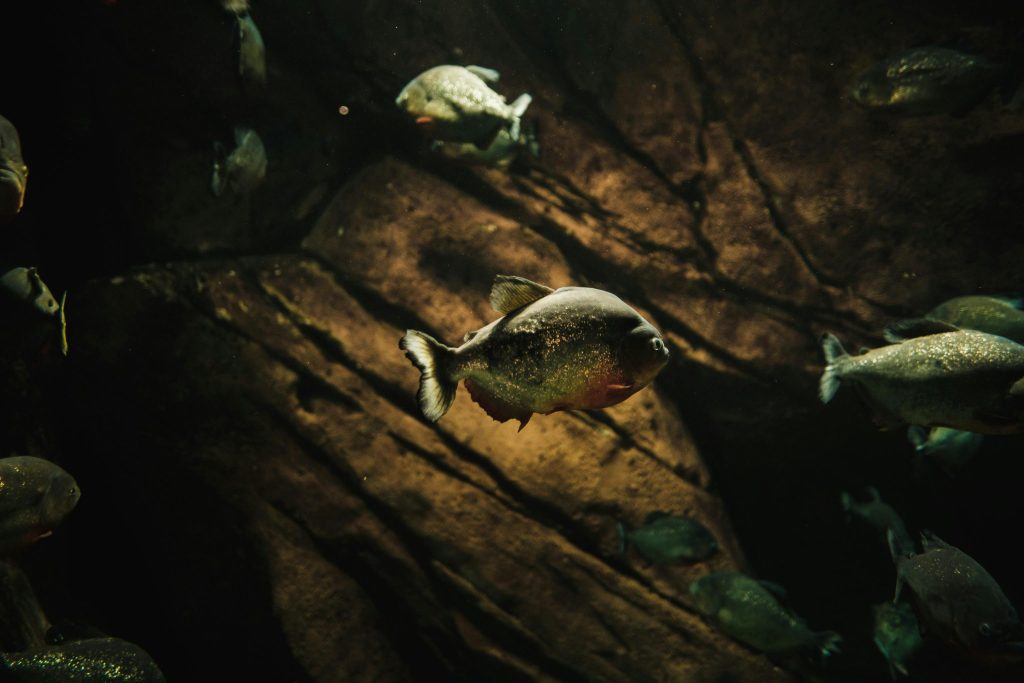
Why Choose a Piranha?
For aquarium enthusiasts, piranhas offer a chance to keep one of the most iconic freshwater fish in the world. Their powerful jaws, sharp triangular teeth, and social schooling behavior make them mesmerizing to observe.
They are not ideal for casual fishkeepers or those looking for a colorful, peaceful community tank. Instead, piranhas appeal to aquarists who enjoy the challenge of maintaining specialized species and want to own a fish that is both impressive and misunderstood.
The main attraction is their unique behavior — in groups, they form hierarchies and communicate through body language, while solitary individuals can become territorial. Despite their reputation, they are often shy in captivity, retreating when approached and rarely displaying the frenzied feeding behavior seen in movies.
Handling and Temperament
Unlike reptiles or mammals, piranhas are not animals meant to be handled directly. Their temperament is best understood through their interactions in the tank.
General Temperament
- In captivity, piranhas are surprisingly timid. They often hide in plants or behind decorations when humans approach.
- In groups, they display schooling behavior, moving together for protection and dominance.
- They can become aggressive if overcrowded, underfed, or kept with unsuitable tank mates.
Social Dynamics
- Piranhas are best kept in groups of 4–6 or more, as solitary individuals are prone to stress.
- Larger groups reduce individual aggression but require very large tanks.
- Within schools, dominance hierarchies form, with stronger individuals occasionally nipping weaker ones.
Aggression Toward Humans
- While their bite can be severe, captive piranhas rarely attack humans unless provoked.
- Accidental bites usually occur during tank maintenance if hands are placed too close to feeding zones.
Overall, piranhas are fascinating to observe but are not interactive pets. Their appeal lies in their behavior and natural instincts rather than direct handling.

Care and Maintenance
Keeping piranhas successfully requires a commitment to proper tank setup and ongoing maintenance. These fish are sensitive to poor water quality and require large aquariums to thrive.
Tank Setup
- Tank Size: A group of 4–6 piranhas requires at least 100–125 gallons of water. Larger groups need even more space.
- Aquascaping: Provide hiding spots with driftwood, rocks, and dense aquatic plants. This reduces stress and mimics their natural river habitat.
- Filtration: Piranhas are messy eaters, so a strong filtration system is essential to maintain clean water. A canister filter is highly recommended.
- Substrate: Sand or fine gravel works best, as it resembles their native riverbeds.
Water Parameters
- Temperature: 74–82°F (23–28°C).
- pH Level: 6.0–7.5 (slightly acidic to neutral).
- Hardness: Soft to moderately hard water.
- Maintenance: Perform weekly water changes of 25–30% to prevent buildup of waste and toxins.
Diet and Feeding
Piranhas are omnivores, though they lean heavily toward carnivorous diets in the wild. In captivity, a varied diet ensures their health:
- Staple Foods: High-quality carnivorous fish pellets.
- Protein Sources: Fish fillets, shrimp, earthworms, and occasional feeder fish (though feeders can introduce disease and are not recommended regularly).
- Plant Matter: Leafy greens, peas, and fruits in small amounts, as some species consume vegetation in the wild.
- Feeding Schedule: Adults can be fed every other day, while juveniles may require daily feeding. Overfeeding should be avoided, as leftover food can quickly pollute the tank.
Tank Mates
- Piranhas are generally best kept in species-only tanks.
- Mixing them with other fish often results in injury or predation. Even large, robust tank mates are not safe long-term.
Health and Durability
Piranhas are hardy fish when given proper care, but they can quickly succumb to stress or poor water quality.
Common Health Issues
- Fin Nipping & Injuries: Caused by aggression within the school. Providing space and hiding spots reduces this risk.
- Ich (White Spot Disease): A common parasite that thrives in stressed or weakened fish.
- Fungal Infections: Often linked to injuries or poor water conditions.
- Nutritional Deficiencies: Can occur if their diet lacks variety.
Preventative Care
- Maintain clean water with regular testing for ammonia, nitrites, and nitrates.
- Quarantine new fish or food sources to avoid disease introduction.
- Provide a balanced diet rich in protein and vitamins.
With attentive care, piranhas can live 10–15 years in captivity, making them a long-term commitment for any aquarist.
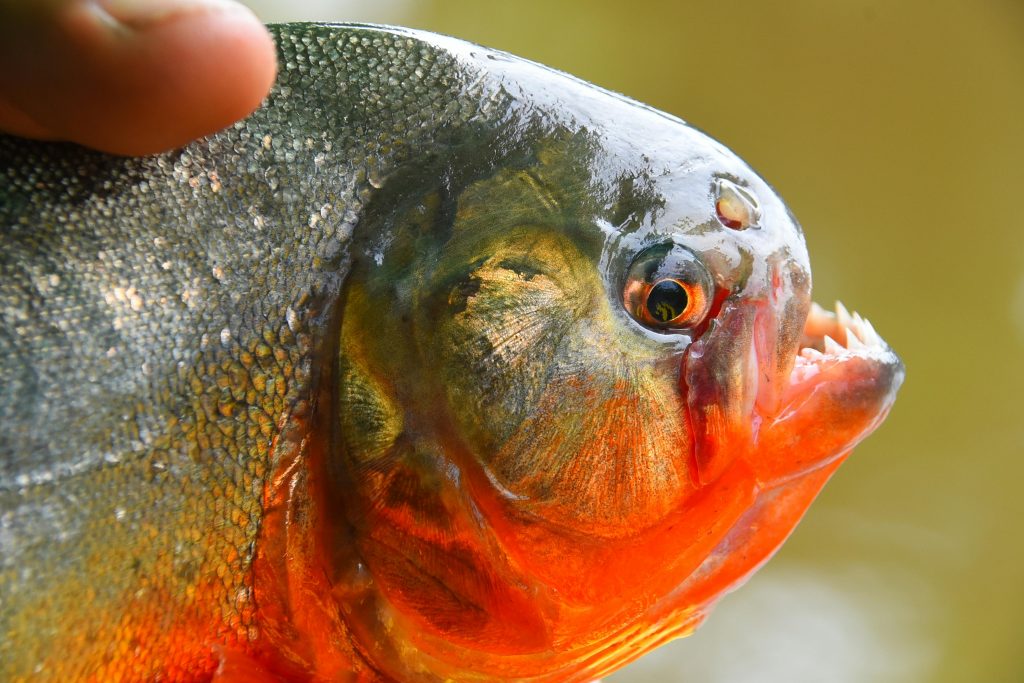
Availability and Cost
The availability of piranhas varies greatly depending on local laws.
Legal Considerations
- Piranhas are banned or restricted in several U.S. states (e.g., California, Texas, New York) and many countries due to concerns about invasive species.
- In regions where they are legal, they can often be purchased from specialized fish stores or online suppliers.
Price
- Juvenile red-bellied piranhas (the most common species in the pet trade) typically cost $20–50 each.
- Rarer species like black piranhas can cost over $200 per fish.
- A proper tank setup, filtration, and equipment can cost $500–1,000+ depending on size.
Ongoing Costs
- High-quality food, water conditioners, and electricity for filtration/heating add to long-term expenses.
- Medical treatments or replacements due to aggression also increase costs.
Pros and Cons
Pros
- Unique, iconic species with fascinating behavior.
- Hardy when cared for properly.
- Impressive display fish for large aquariums.
- Long lifespan (10–15 years).
Cons
- Require very large tanks and strong filtration.
- Limited interaction; not “friendly” pets.
- Legal restrictions in many areas.
- Can be aggressive toward each other or tank mates.
- Setup and maintenance costs are high.

Final Thoughts
Piranhas are captivating fish that offer a glimpse into the wild rivers of South America. While their reputation as ruthless predators is often exaggerated, they remain powerful and demanding pets that require serious commitment. They are not suitable for beginners or casual aquarists, but for those with experience and the resources to maintain large aquariums, piranhas can be incredibly rewarding to keep.
If you’re considering owning a piranha, research local laws first, then carefully plan out the aquarium setup and long-term care. With dedication and respect for their needs, these fish can thrive in captivity and provide years of fascinating observation.
Have you kept piranhas before? Share your experiences in the comments — we’d love to hear how you care for yours and what makes them unique in your aquarium.
For more fish care tips and reviews, stay tuned to our blog and don’t forget to subscribe to our newsletter! 🐟

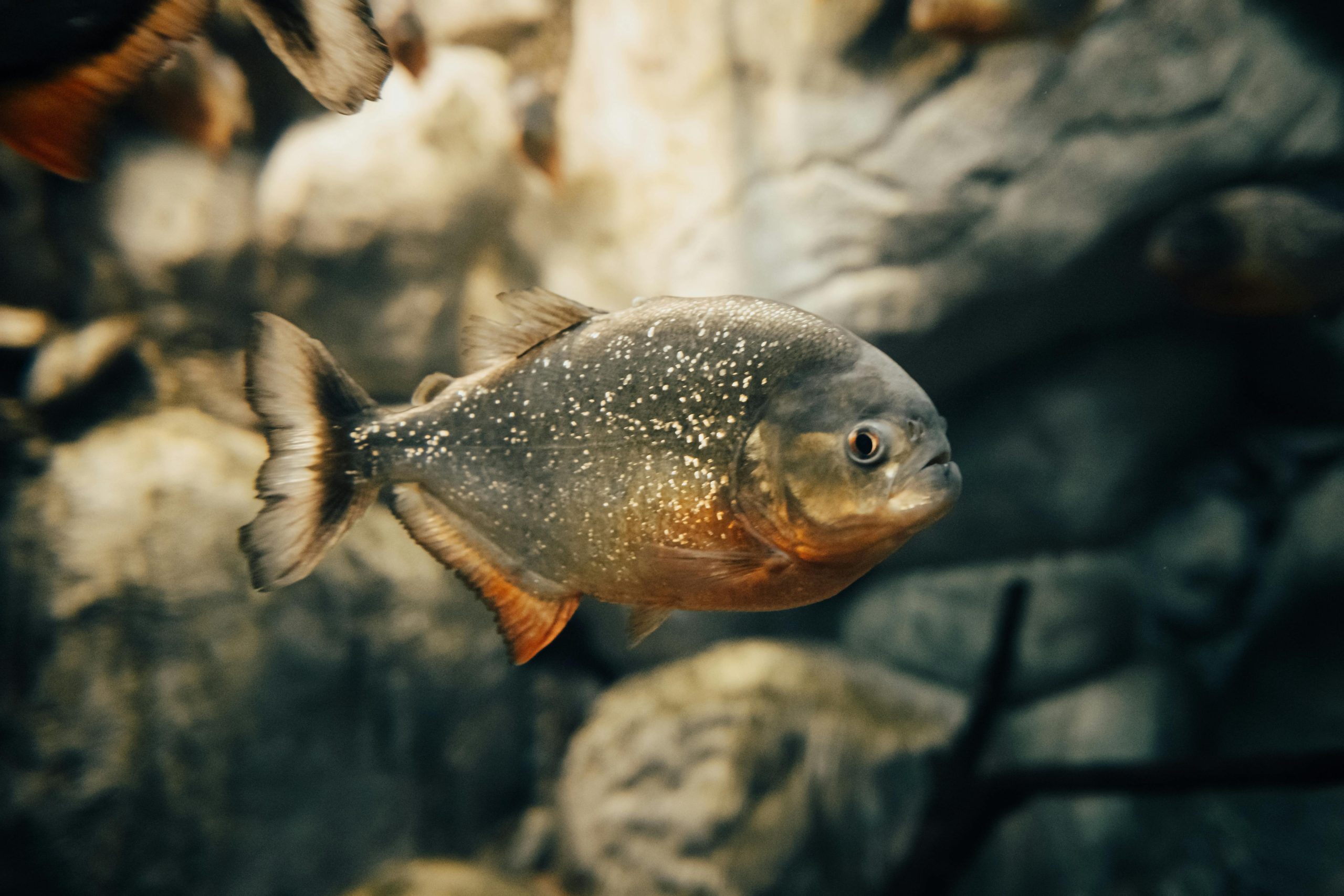


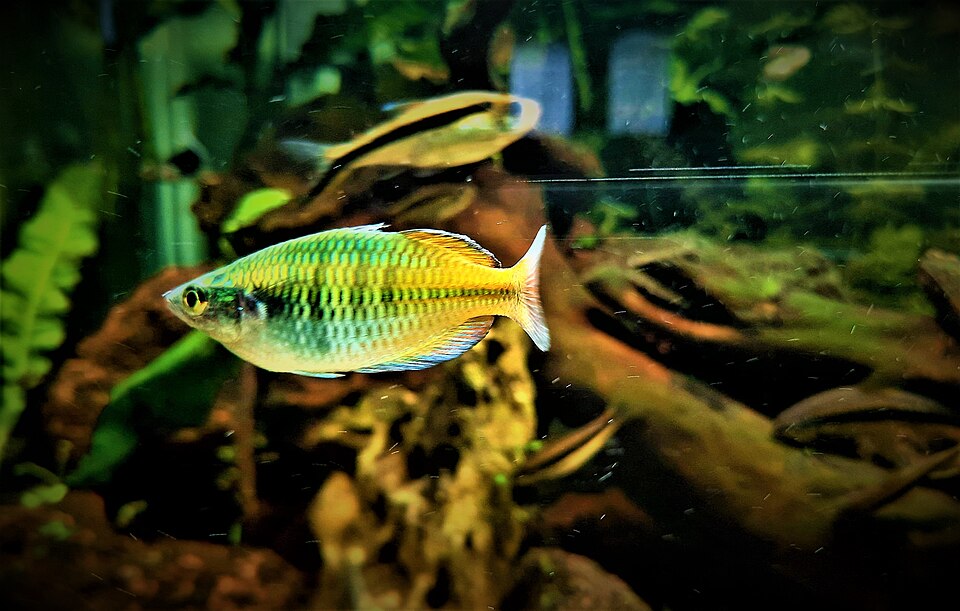
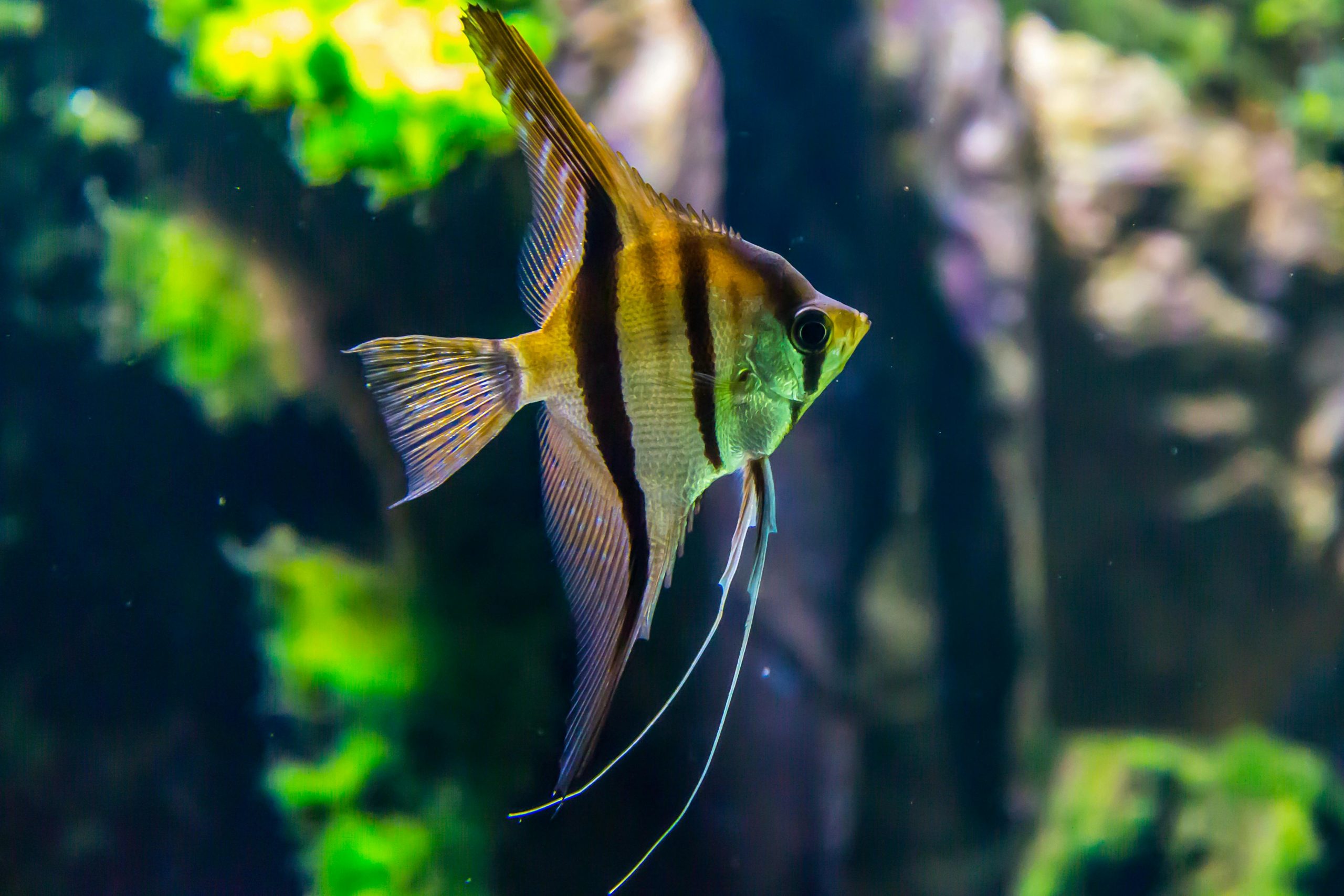
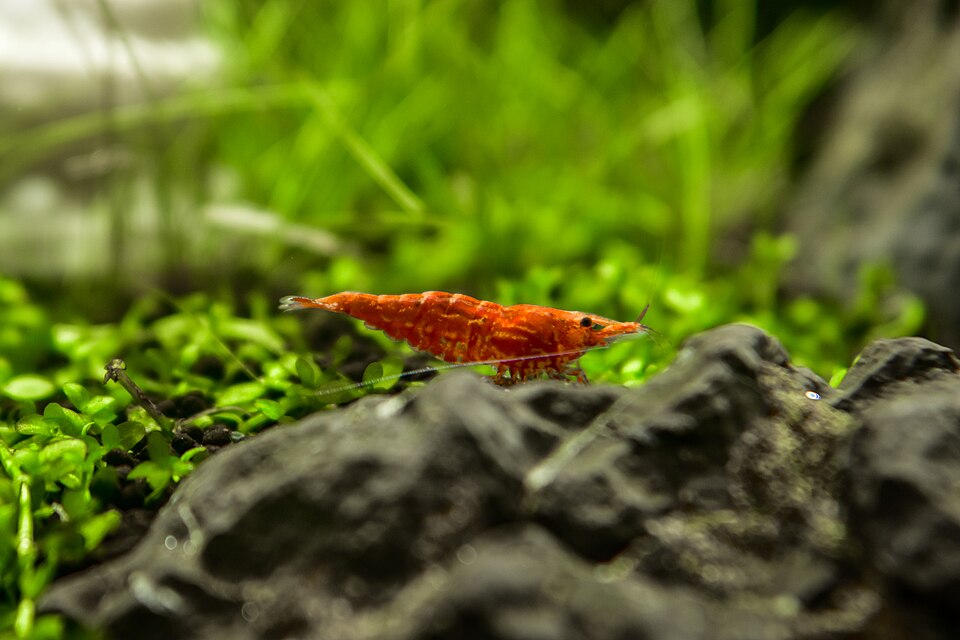

Leave a Reply